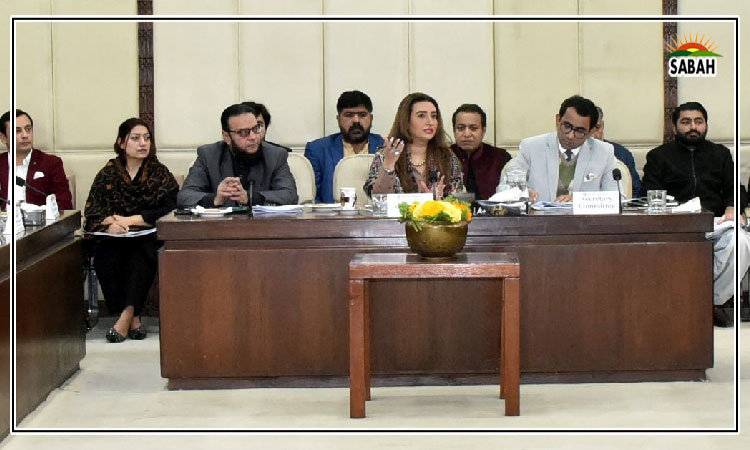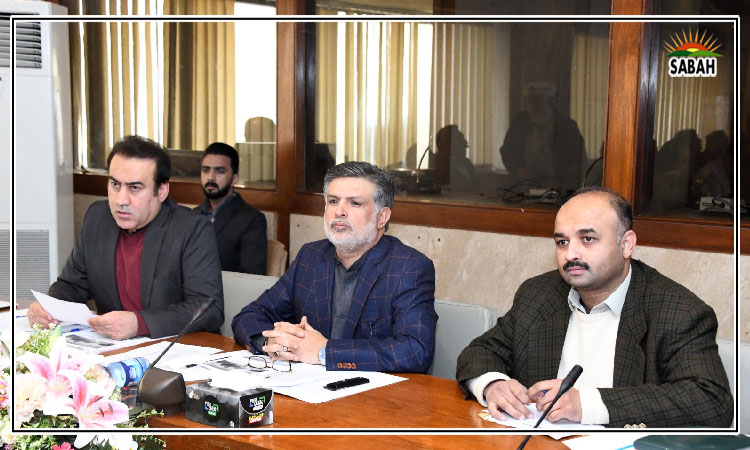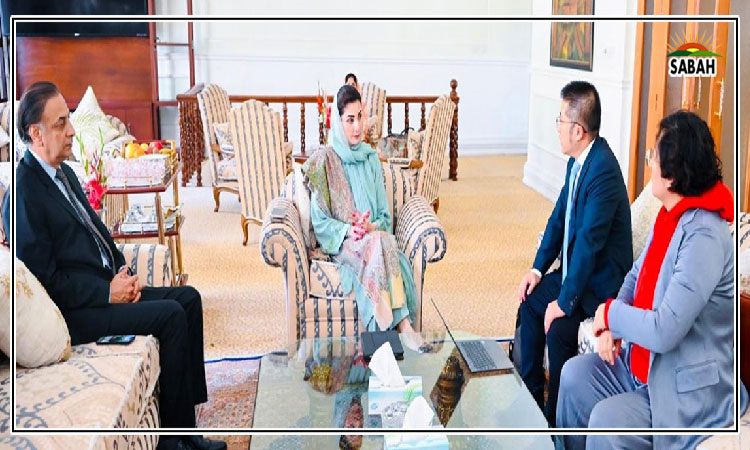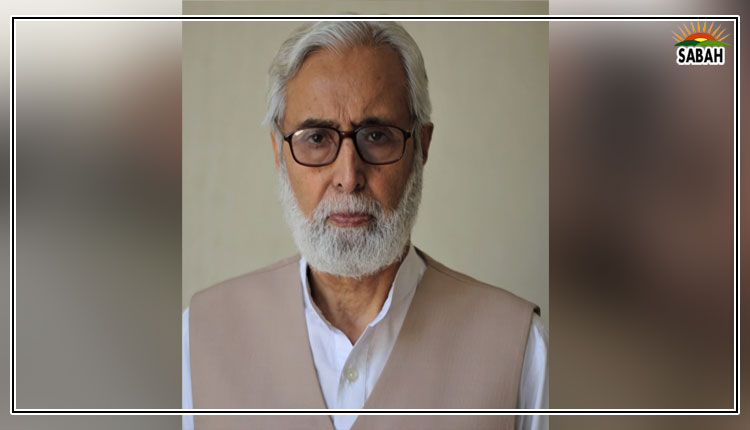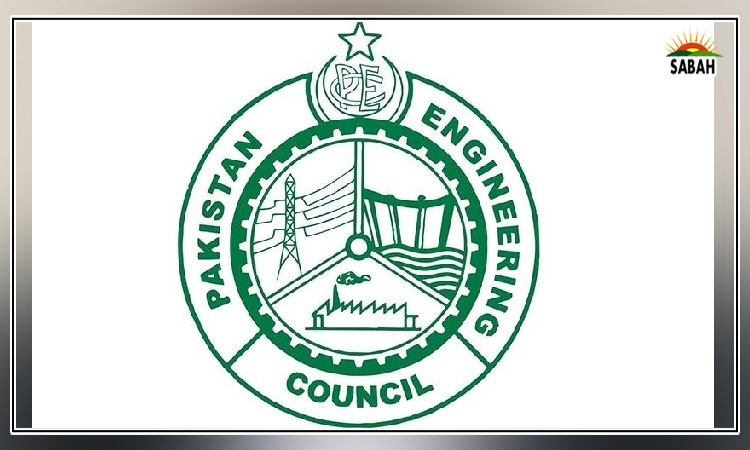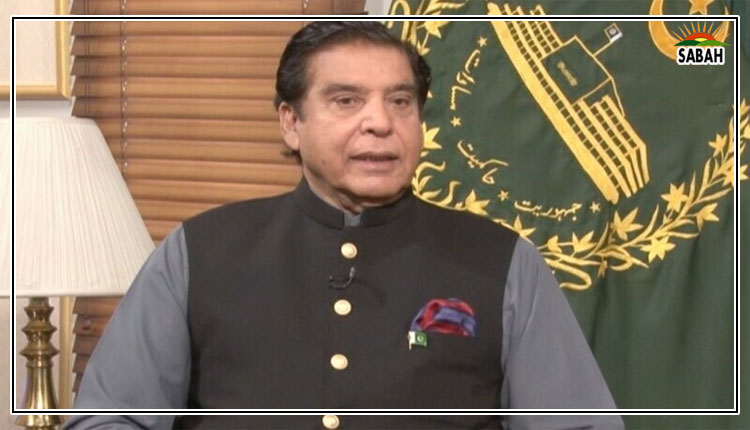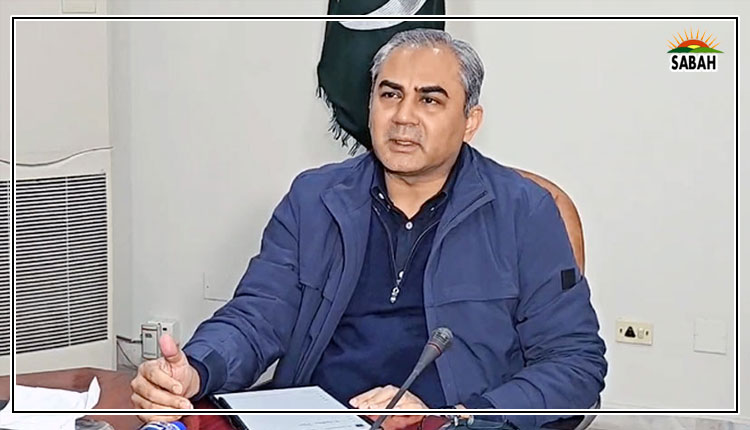Indigenous wisdom…Muhammad Hassan Dajana
AS the world struggles with the increasingly severe effects of climate change and experiences rapid disruptions, we must prioritise the issue. The planet and our survival depend on it. It is no longer a matter of whether we should act, but rather how we should respond with all-encompassing, inclusive solutions to minimise and adapt to the effects of climate change, which have dramatically increased in frequency and scale.
There is a rich source of wisdom that is frequently disregarded. This is indigenous knowledge, which refers to the collective knowledge, ideologies, customs, ways of life, and values that have been developed and handed down through the generations through rituals, storytelling, and personal experiences, ensuring their preservation and continuity.
Indigenous communities have long been closely tied to their lands and environments. Their traditional knowledge of local ecosystems, resource management, and sustainable practices enables them to detect subtle variations in weather, seasons, ecological balance, and the behaviour of plants and animals. Collaboration with indigenous communities is essential for reorienting human-nature interactions and fostering resilience to protect around 80 per cent of the worlds remaining biodiversity.
Some successful examples of indigenous wisdom and practices being harnessed for effective climate action and conservation are given here.
Local communities are often left out of climate discussions.
In Chitral, groups indigenous to the area have established seed banks to preserve traditional seed types well-suited to local conditions. In addition to collecting, storing, and distributing indigenous seeds, these seed banks also act as important archives for indigenous knowledge, providing people access to resilient crop varieties that can resist climate shocks, improve their access to food, and ensure their preservation and availability for future generations.
The Burusho people, one of the indigenous groups in the Hunza Valley, use strategies including terracing, tree planting, and organic farming to prevent soil erosion, increase biodiversity, ensure food security, and advance sustainable agriculture. To save endangered species and advance biodiversity preservation, they have also developed community-managed conservation areas. This has resulted in increased water availability, soil fertility, and forest cover while promoting the communitys well-being.
In northwest India, indigenous tribes have created intricate knowledge systems to respond to climate change. They have successfully dealt with water-related difficulties by building and safeguarding water-collection systems such as ponds, johads, and nadis that not only collect rainfall but also refill water tables and enhance water balance. The homes in this area are built to survive the harsh climate, facing east to take advantage of the cool morning sunshine and employing cooling building materials. The cultivation of crops like khejri and preference for camel, goat, and sheep rearing over buffalo are examples of agricultural and animal-rearing practices.
In Africa, smallholder farmers have traditionally used indigenous signals to forecast the weather and guide farming decisions. Their decisions regarding agricultural procedures, such as planting time and crop selection, include animal and plant behaviour, weather cues, and human ailments. Indigenous conservation techniques, including intercropping, cover crops, crop rotation, and agroforestry, are successful in boosting agricultural yield, preserving water, minimising erosion, and improving soil health.
Community-managed natural forests (or village common woods) in Bangladesh support regional biodiversity preservation and improve essential community services. The Hawaiian native communitys restoration of a sustainable loko ia, or fishpond system, has the possibility of annually producing thousands of pounds of sustainable protein, while reducing coral bleaching, beach erosion, overfishing, and other imbalances in the marine ecosystem.
Finally, it is crucial to acknowledge that indigenous communities are usually marginalised in climate conversations. Due to the uneven distribution of resources and unsustainable land practices, indigenous knowledge is not only lost but the communitys adaptive capacity is also diminished. Peaceful cohabitation with local ecosystems is a sign of the valuable insights they hold. They also provide wise advice, creative solutions, and an extensive viewpoint based on interconnection.
For a sustainable and equitable future, it is crucial to involve indigenous experts in meaningful discussions, incorporate their expertise into policies and action plans, and promote collaboration.
Courtesy Dawn




